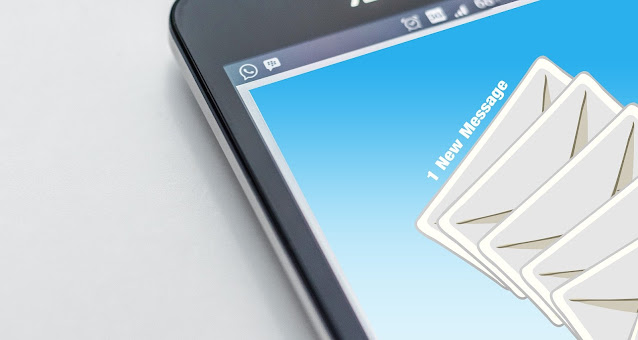
Email marketing is still one of the best ways to build an audience for your brand, advertise promotions, and create an ongoing connection with customers. Unfortunately, the prevalence of spamming, spoofing, hacking, and phishing emails designed to steal data and spread malware has made many wary of opening unfamiliar emails. As email servers continue to implement stricter security measures, email authentication reassures recipients that you are sending emails legitimately.
What Is Email Authentication?
Email authentication is designed to confirm that emails are coming from a legitimate sender. They are intended to provide security for the recipient, but can also be helpful to your email marketing strategy because it improves deliverability. Email authentication prevents another party from gaining access to your subscribers through fake emails. If receiving mail servers verify that your address is trustworthy, most of the emails you send will end up in inboxes where they belong.
How Does Email Authentication Work?
When you send an email, the recipient servers will inspect certain properties of the email to decide its legitimacy. Sending history and engagement with the recipient will improve the chances of the email’s approval. The server will also check DNS and SPF records, as well as a DKIM signature. Here is a definition of some terms:
- SPF allows the recipient’s domain to check if the email has originated from an IP address that is allowed to send emails representing that domain.
- DNS or Domain Name System is a kind of reference guide that can translate a domain name into its number or IP address
- DKIM, or DomainKeys Identified Mail authentication, is like an old-fashioned seal on a letter. It adds a special signature to your emails and ensures that they are issued from the legitimate sender.
Emails that lack these elements are considered dicey and are more likely to be rejected by recipient mail servers. Ensuring these features are in place working well is essential to a successful email marketing strategy. For instance, if you use a free VPN, ensure the IP address is on the list of IPs allowed to send from that domain so emails can be cleared by the SPF inspection.
Why Does Email Authentication Matter?
You can refine your email marketing strategy with optimized content, segmented subscriber lists, and personalized subject lines. Still, if the recipient server isn’t sure the email is coming from a verified source, your emails may never reach their target. This is the reason email authentication should be an integral part of your marketing strategy and requires fine-tuning periodically.
The growth of eCommerce and the sheer number of promotional emails people receive in their inbox daily has also led to an increase in spoof and phishing emails. As a result, email providers tighten and upgrade email security measures to stay a step ahead of the threats. Your email may not even reach would-be recipients, and you may not realize it. Besides, a scam artist could be pretending to represent your company and sending phishing emails or links with malware to your subscribers.
Upgrading email verification will preserve your company or site’s reputation, since potential customers may shy away after having received scam emails that were apparently from your brand. Therefore, email authentication is beneficial to recipients as well as legitimate senders to avoid threats from all directions and ensure emails end up in the right place.
How to Authenticate Your Domain
One easy way to authenticate your domain and ensure that recipient email servers trust you is to set up a DKIM signature. Google, Yahoo, and other email providers will scan the signature’s message and verify that your address is not spoofed. The first step is to update domain records in your Domain Name Service.
You will also need to verify your domain, which involves responding to a confirmation email. Providing additional information about the domain may be necessary. When this is completed, you can set up a DKIM signature to verify all of your emails. Some proxy types work with DKIM and can sign or verify emails. Some proxies deal with outbound and inbound emails separately. Look into additional security tools that can be useful for authenticating your domain.
Email authentication is important to establish trust with your email recipients and ensure your emails wind up in their inboxes. It also protects your brand against spoofing and improves your company’s reputation for security and reliability. Verifying your domain and obtaining the right DKIM signature will give your emails the seal of approval.